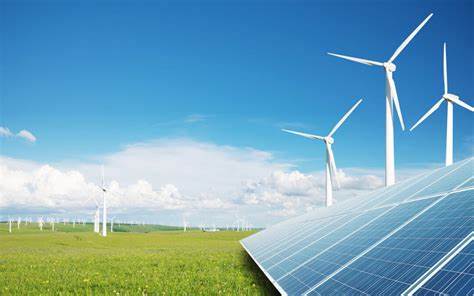Singapore has pledged to achieve net-zero emissions by 2050. It has set a target to import 4 gigawatts of clean energy by 2035, accounting for 30 percent of the city-state’s total electricity supply.
As per the analysts, Singapore can serve as a hub for renewable energy as the city-state can leverage its status as one of the world’s biggest commodity trading centers and bunkering ports.
It may be noted that as a small, resource-constrained country, Singapore has to import almost all its energy needs. However, it is expanding its energy options, including regional power grids and emerging low-carbon alternatives such as low-carbon hydrogen and carbon capture, utilisation and storage, as per the Singapore’s National Climate Change Secretariat.
Last month, Singapore’s Energy Market Authority, or EMA, gave tentative approval for plans to import 1.2 GW of wind power from Vietnam. Earlier this year, EMA, has also approved the importation of solar energy from Indonesia and a mix of hydropower, solar and potentially wind power from Cambodia.
Chan Siew Hwa, co-director of Nanyang Technological University’s Energy Research Institute, said Singapore is a mix of financial, trading and transportation hubs and this is why it can facilitate the import and export of energy around the region.
“We want to work with our neighbors to strengthen the entire ASEAN position in the world. If Singapore can become a hub, certainly that you will benefit ASEAN as a whole,” Chan said.
Victor Nian, Co-founder and CEO of the think tank, Centre for Strategic Energy and Resources, said despite its limited land space, Singapore could potentially become one of Asia’s hubs for renewable energy as the country has always been open to innovative solutions.
He said, “Singapore is a strategic place for companies and startups to pilot new technologies and prove new ideas in renewables. These companies can venture into neighboring countries to expand their businesses. Nian said there is a need for ASEAN and Singapore to accelerate their efforts in energy transition, while recognizing the practical constraints and geopolitical dynamics in the region.”

